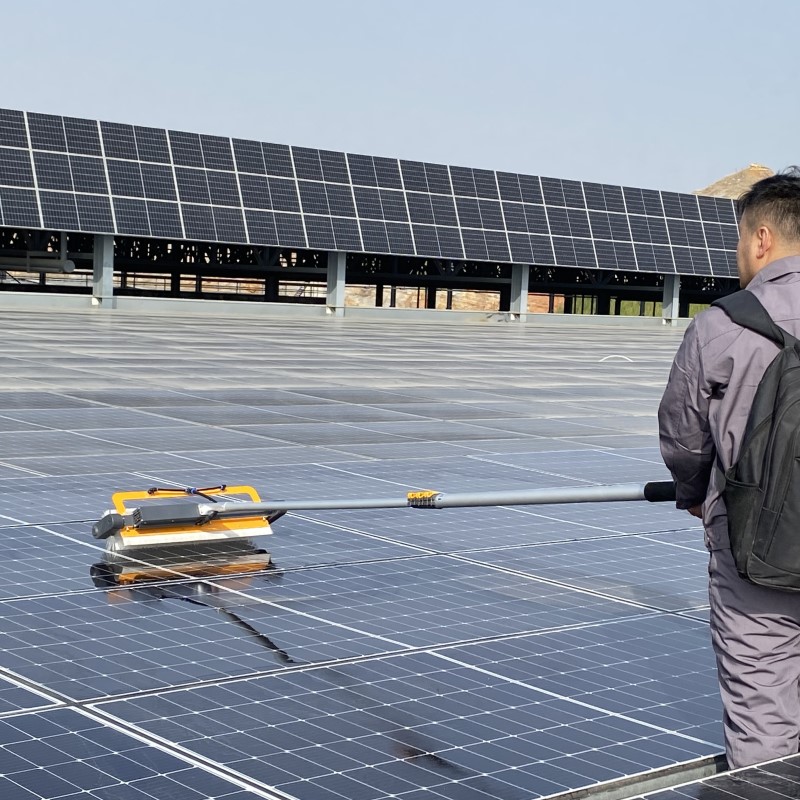In today's world, where environmental concerns are at the forefront, it is crucial to understand the impact of different packaging materials on our planet. This blog post aims to delve into the realm of packaging and identify the least environmentally friendly packaging options. By examining various industries and their packaging practices, we can shed light on the detrimental effects of certain materials and explore sustainable alternatives.
- Plastic Packaging: A Menace to the Environment
Plastic packaging has gained widespread use due to its convenience and affordability. However, it poses a significant threat to the environment. Plastic takes hundreds of years to decompose, leading to pollution in landfills and oceans. Microplastics, formed from the breakdown of larger plastic items, further contaminate ecosystems and harm marine life. Additionally, the production of plastic packaging contributes to greenhouse gas emissions and depletes fossil fuel resources. - Styrofoam: A Persistent Pollutant
Styrofoam, also known as expanded polystyrene (EPS), is commonly used for packaging fragile items. Despite its protective properties, Styrofoam is one of the least environmentally friendly packaging materials. It is non-biodegradable and difficult to recycle, leading to its accumulation in landfills. Moreover, Styrofoam manufacturing releases harmful chemicals into the atmosphere, contributing to air pollution and climate change. - Single-Use Packaging: Unsustainable Convenience
Single-use packaging, prevalent in the food and beverage industry, poses a significant environmental challenge. Items like disposable plastic cutlery, straws, and coffee cups contribute to the growing waste crisis. These products are often made from non-recyclable materials, leading to increased landfill waste and pollution. The energy and resources required to produce and transport single-use packaging further exacerbate their environmental impact. - Excessive Packaging: Wasteful Practices
Excessive packaging, characterized by the use of unnecessary layers and materials, is a common issue across industries. Over-packaging not only leads to increased waste but also requires more resources for production and transportation. This results in higher energy consumption and carbon emissions. By promoting responsible packaging design and reducing excess materials, companies can minimize their environmental footprint. - Sustainable Alternatives: Paving the Way for Change
To combat the environmental challenges posed by packaging, sustainable alternatives are emerging. Biodegradable and compostable materials, such as plant-based plastics and paper-based packaging, offer a greener option. Additionally, reusable packaging systems, like refillable containers and bulk shopping, promote waste reduction and resource conservation. Embracing these alternatives can significantly reduce the environmental impact of packaging.
Conclusion:
Packaging plays a crucial role in various industries, but its environmental consequences cannot be ignored. Plastic packaging, Styrofoam, single-use packaging, and excessive packaging are among the least environmentally friendly options. However, by adopting sustainable alternatives and responsible packaging practices, we can mitigate these negative impacts. It is imperative for businesses and consumers alike to prioritize eco-friendly packaging solutions to protect our planet for future generations.






